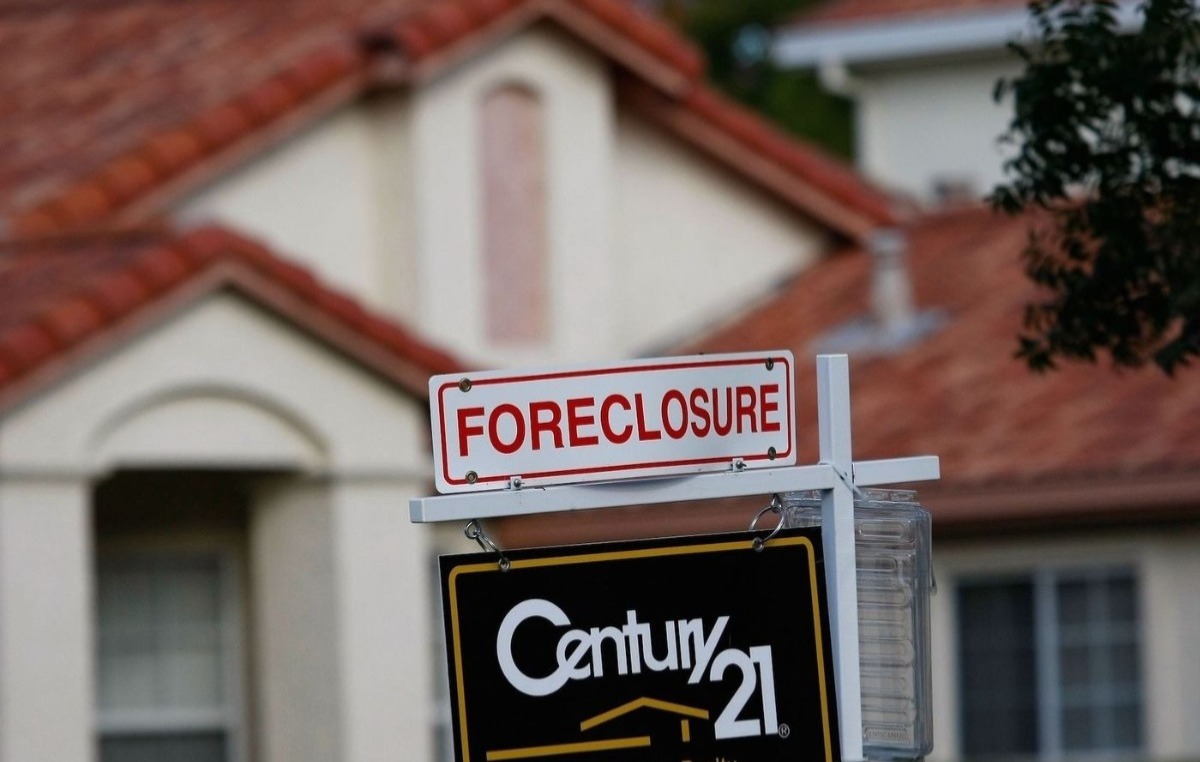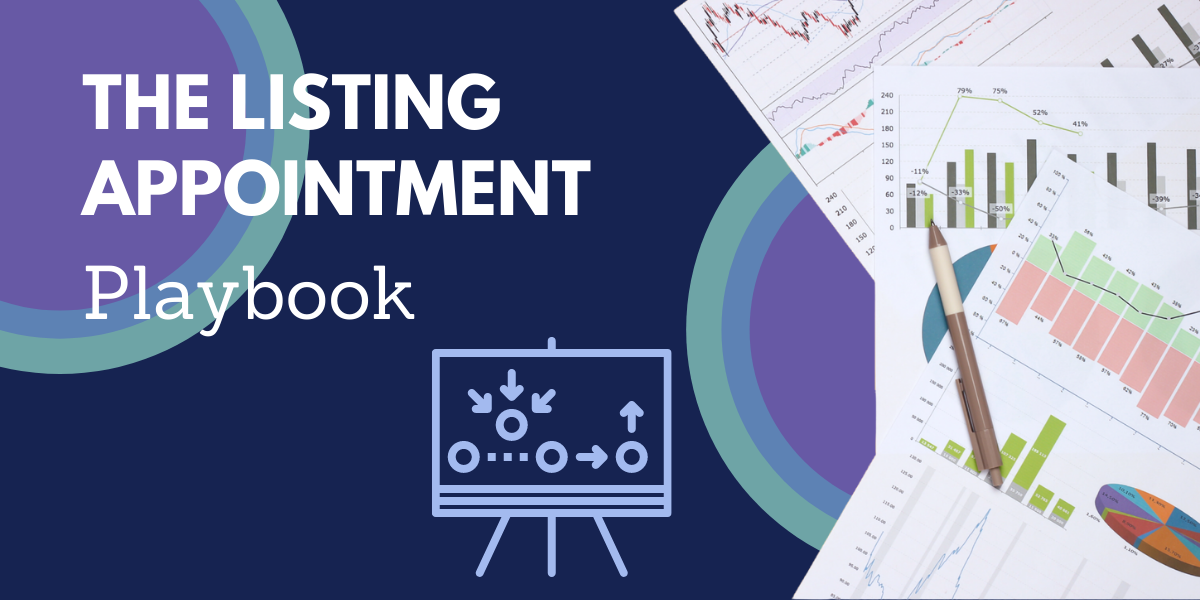Foreclosures are on the Rise. Here's What that Says about the Housing Market

Getty Images
April 15, 2022
By Alisa Wolfson
In January there was a seven-fold increase in foreclosure starts as compared to December, with roughly 33,000 loans referred to foreclosure, according to a report from mortgage data and analytics company Black Knight. What's more, data from real estate data analytics firm ATTOM Data Solutions revealed that lenders repossessed 2,634 U.S. properties through completed foreclosures in February 2022, which is an increase of 70% from last year (though it's still down 45% from last month).
What do these foreclosures say about the housing market?
Realtor.com senior economist George Ratiu says the uptick in foreclosures during January is an early signal that many of the regulatory protections implemented during the pandemic to help Amercans stay in their homes are starting to wear off. Indeed, millions of people got mortgage forbearances during the pandemic that put their mortgage payments on hold. Most of them got back on their feet and ended their forbearances in 2020 and 2021, pros say.
The people who remained in forbearances into 2022 might be more likely to be suffering permanent financial hardships. "When their forbearances end, they're less likely to be able to resume their payments and more likely to end up in foreclosure," says Holden Lewis, home and mortgage expert at NerdWallet. What's more, for many, the forbearance period is scheduled to come to a close soon and there is a backlog of loans who are either in loss mitigation or past due even after coming out of mitigation which may still enter foreclosure in the months ahead," says Ratiu.
The foreclosure uptick "also indicates that the economic, and especially employment recovery, is not complete. We lost 20.2 million jobs in April 2020 alone as the government imposed wide-ranging lockdowns and since then, the economy has added 18.8 million jobs back, but we're still short of the pre-pandemic level," says Ratiu.

